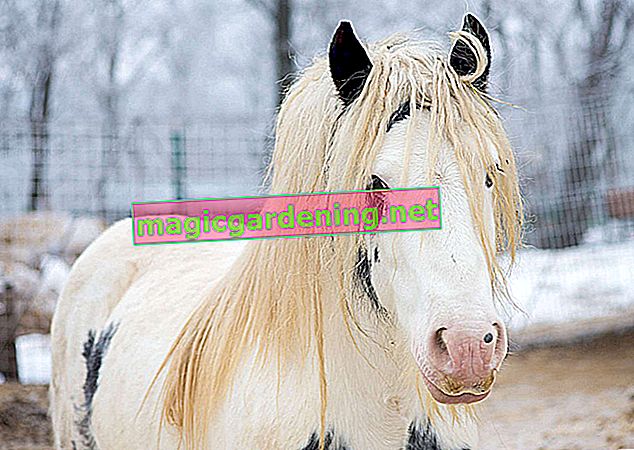
Classic symptoms of powdery mildew
Just in time for the beginning of summer, the fungal spores of an omnipresent plant disease are out in the garden. In warm, dry weather you have to deal with the pathogens of powdery mildew. If the summer comes cold and rainy, downy mildew will attack sage. This is how the symptoms express themselves:
- White spots spread on or under the leaves
- A floury-white patina forms
- As the process continues, the spores penetrate the foliage, causing it to yellow
- In the final stage, the leaves turn brown, curl up and fall to the ground
also read
- Correctly diagnose and combat brown spots on mint
- Fight powdery mildew on sage with natural means
- Why does parsley get white spots?
In the early stages of the infestation there is a good chance of saving the sage. Combine your daily patrol through the garden or balcony with a look at and under the leaves.
Fight powdery mildew with environmentally friendly means
There is no need to resort to chemical fungicides in the fight against powdery mildew, given the wide range of natural antidotes. The following recipes have proven themselves in home and allotment gardens:
Milk-water
Microorganisms cavort in milk that attack the fungal spores of powdery mildew. In addition, milk strengthens the herbal defenses of sage, so that further waves of attack by the pathogen are ineffective. To make it, mix 100 milliliters of fresh milk with 900 milliliters of water and fill the mix into a spray bottle. Applied every 2-3 days, the infection quickly subsides.
baking powder
Baking powder, also known as baking soda, has a more intense effect than milk. The recipe consists of 1 tablespoon of baking powder, 1 tablespoon of liquid curd soap and 2 liters of water. Ideally, you will first test the agent on a single infected branch.
Tips & Tricks
The spores of powdery mildew and downy mildew like to overwinter in the herbaceous shoot tips. Slam the door to this winter quarters in front of the pathogens' nose by shortening all branch tips by about 5 centimeters in the second half of August. As a precaution, the clippings are not disposed of on the compost, but are burned.
GTH







